Integrated Algorithmic Design
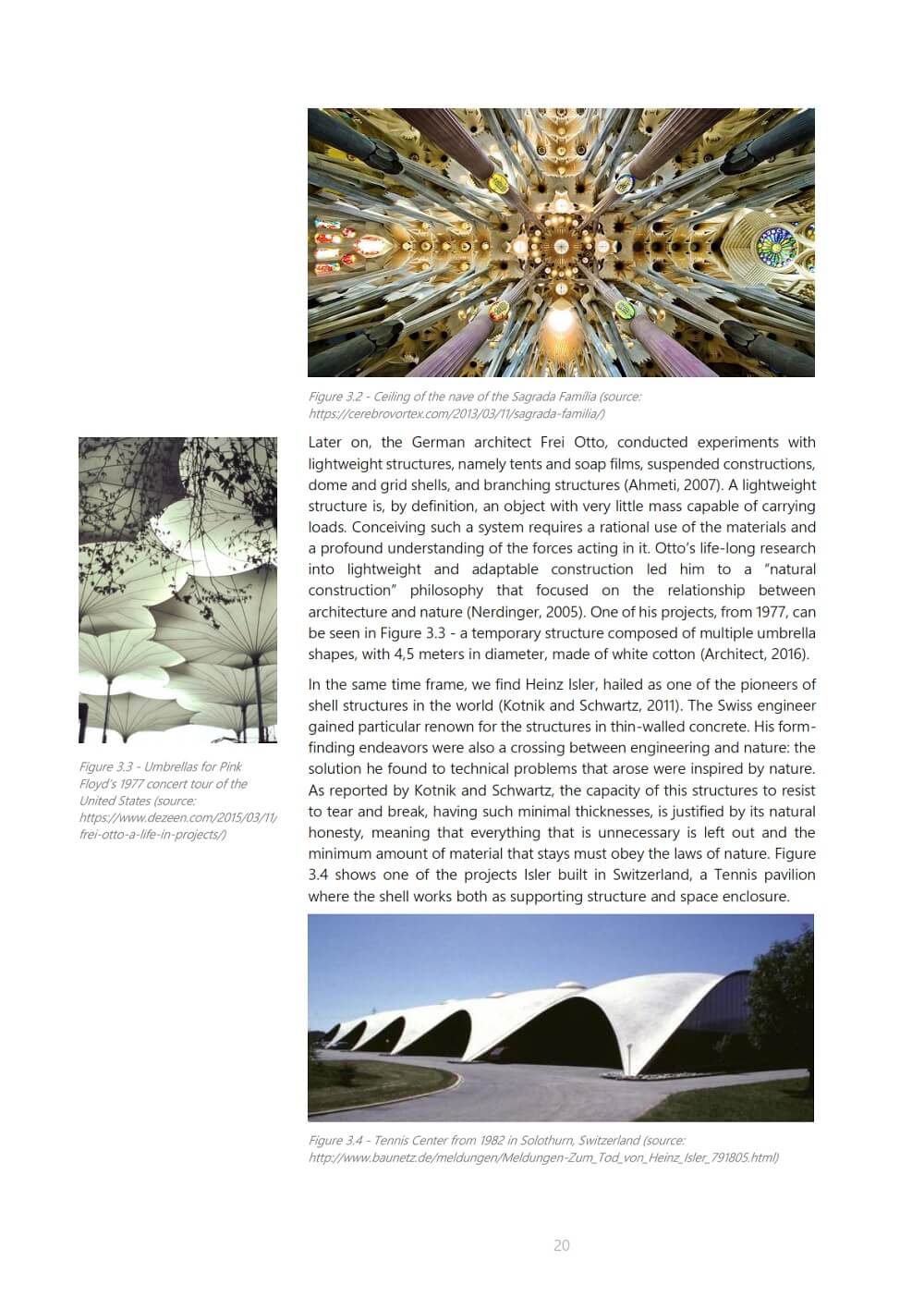
Many great architectural endeavors today engage in a multi software approach, as each party develops their respective part of the project in a different software. Moreover, the architectural project itself covers many tasks, including 3D modeling, analysis, and rendering, which benefit from the use of different tools. Combining them in the same project involves the sharing and crossing of the various information systems, which is not always a successful process. A mechanism is needed that connects all the different tools used, in a more effective manner – a portability mechanism. Algorithmic Design (AD) presents itself as a potential solution.
AD is an algorithmic approach to architectural design that allows architects to transcend factory-set limitations of the currently used 3D software. As mathematical descriptions are oblivious to any software, the algorithmic descriptions of the designs become independent from the software that might be used to produce them.
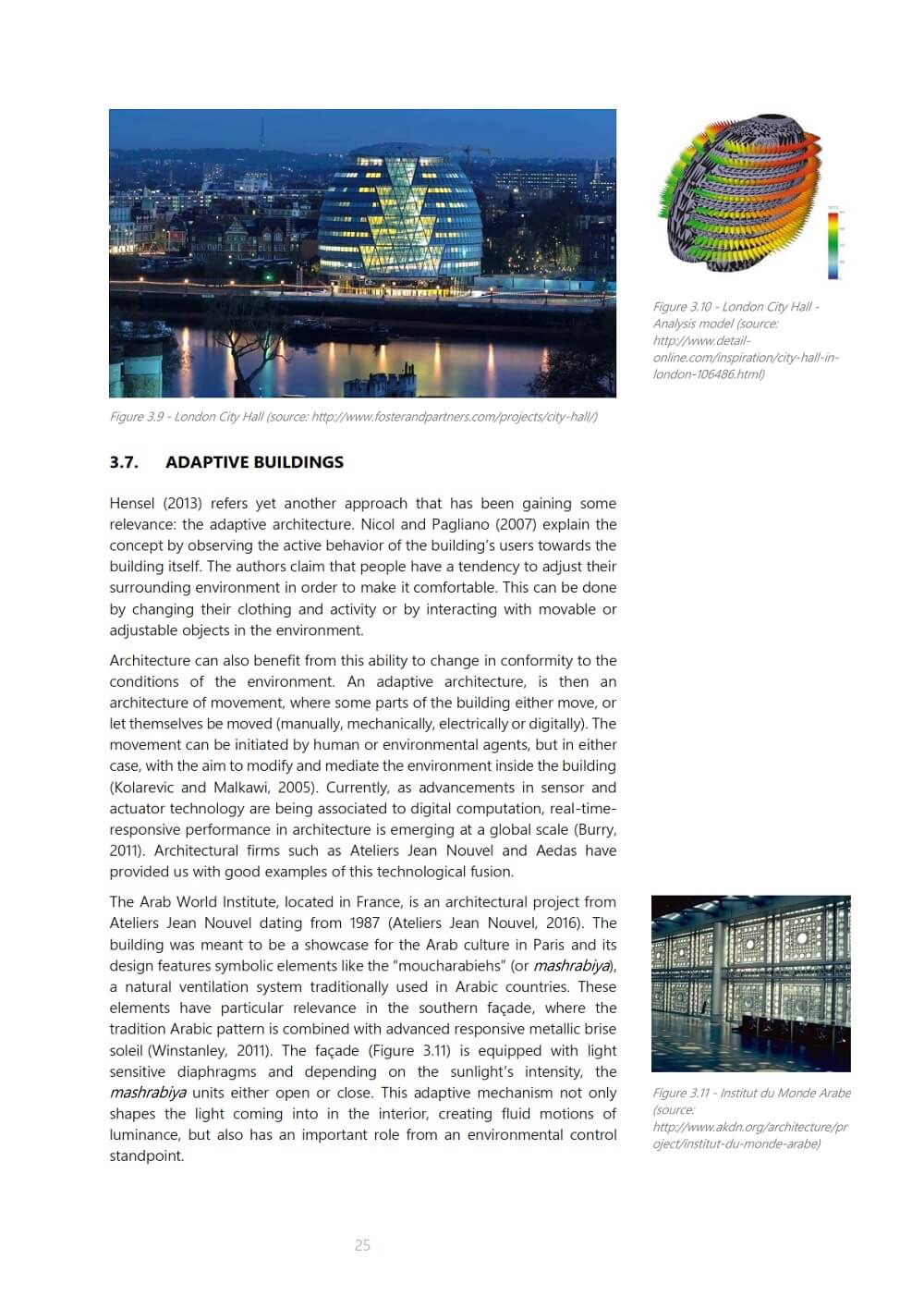
This thesis by Renata Alves Castelo Branco aims to explore the advantages an algorithmic approach can bring to the design process, and investigate, at the same time, how to bridge the gap between the different tools with which architecture currently operates. Author proposes a methodology based on an algorithmic approach to design, where a single program can describe not only the intended model, but also additional tasks, such as model analysis. She call this approach, Integrated Algorithmic Design (IAD) and using it, the architect can take advantage of various CAD, BIM and analysis tools, with little effort when it comes to the transition between them.
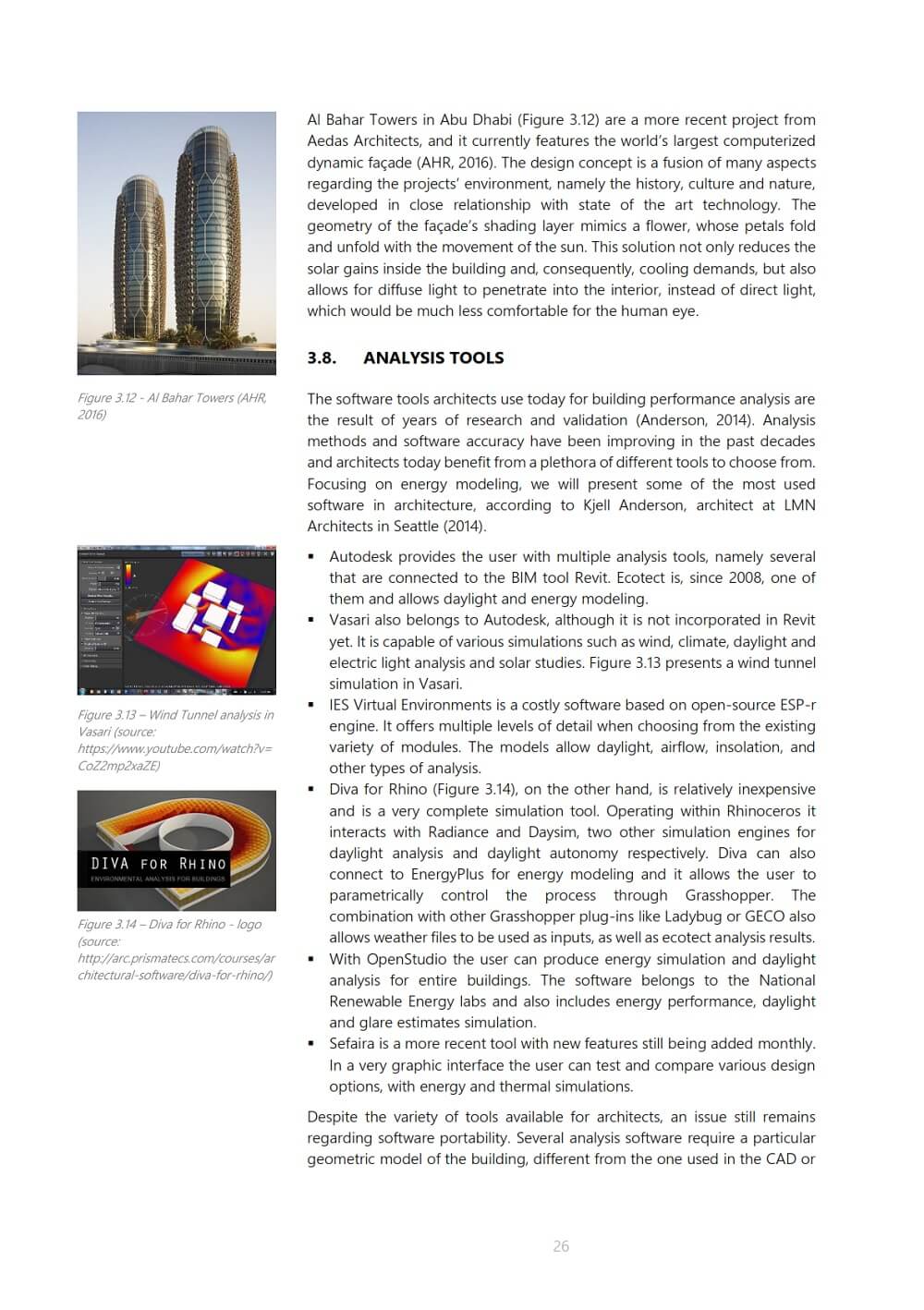
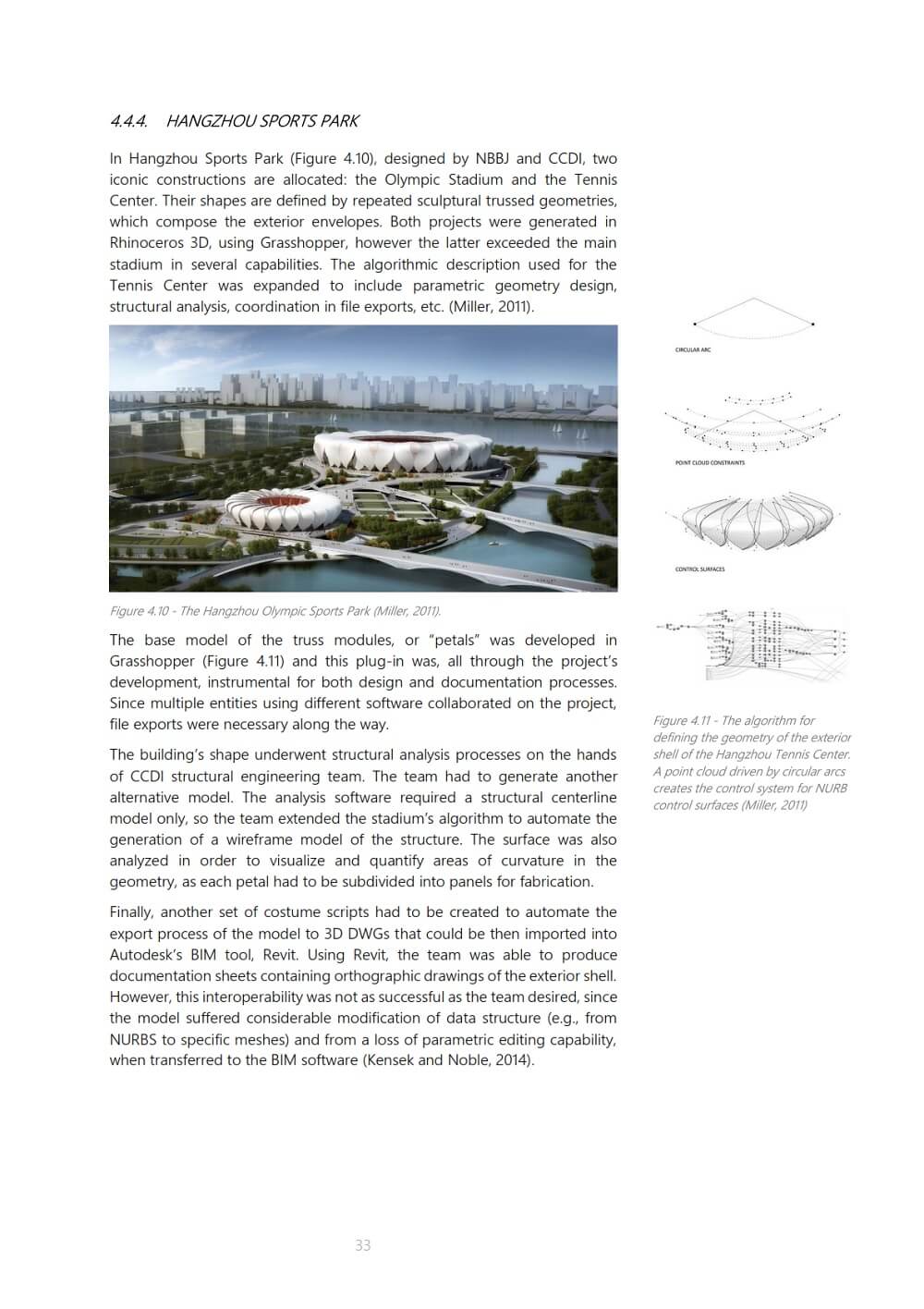
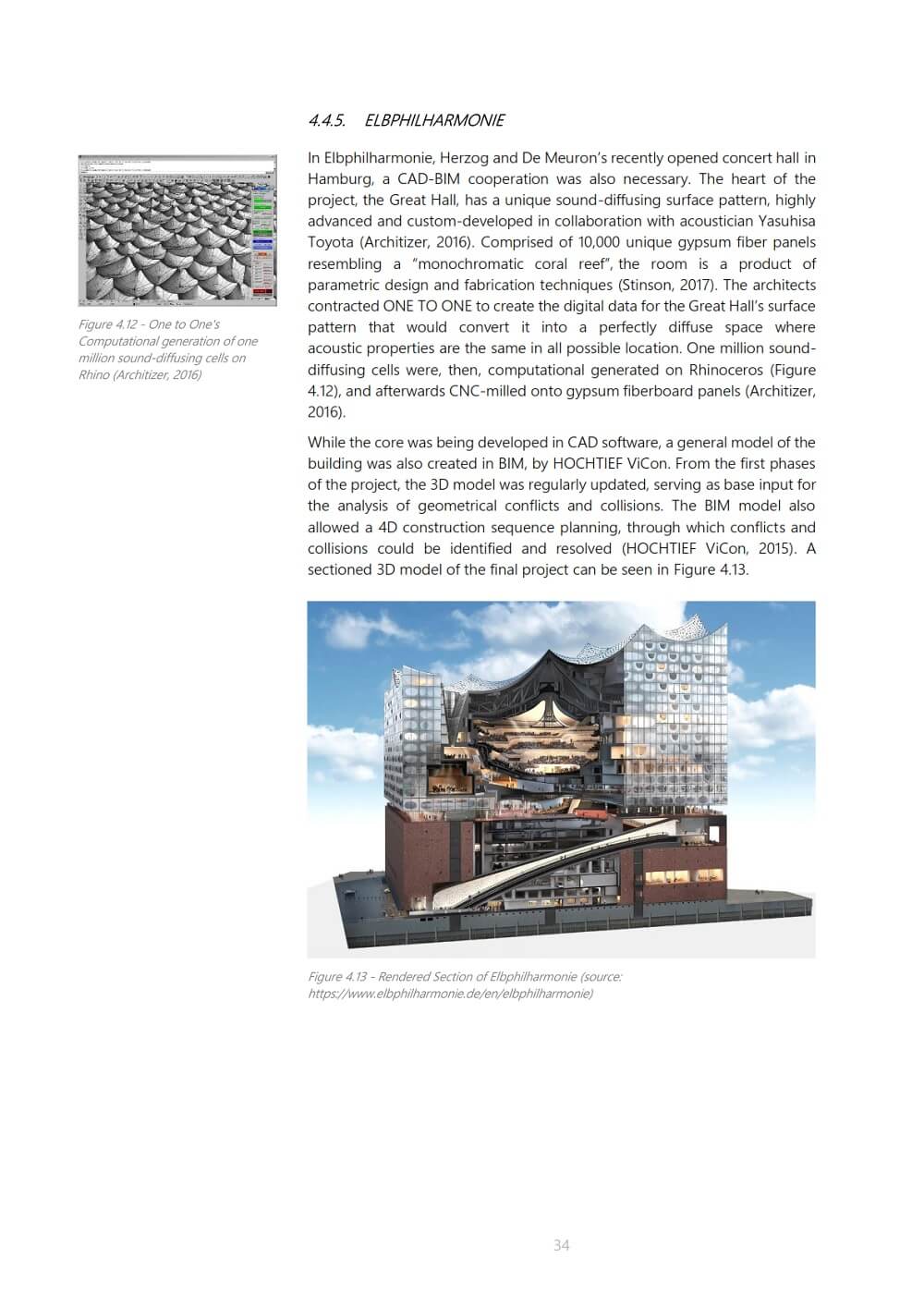
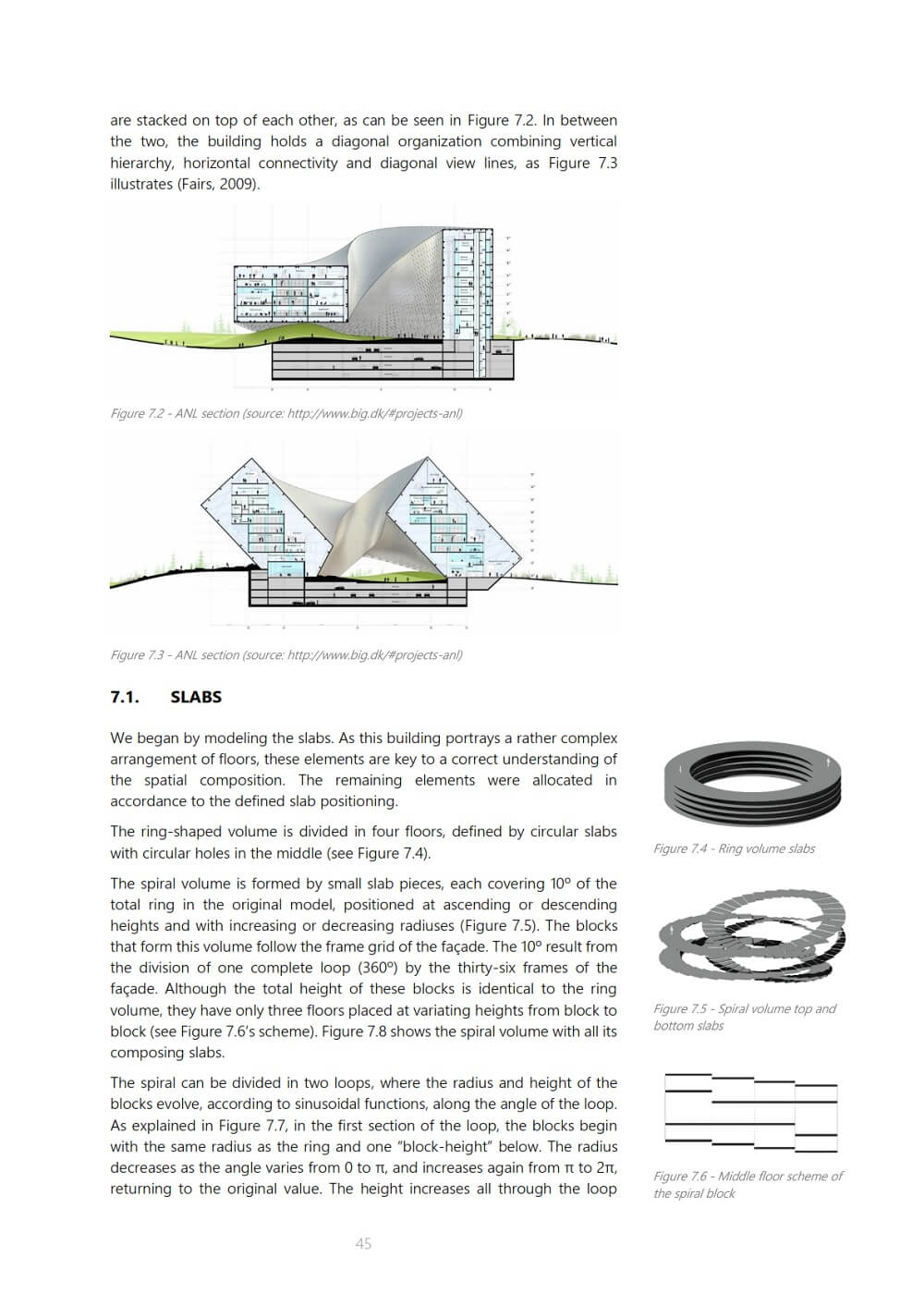
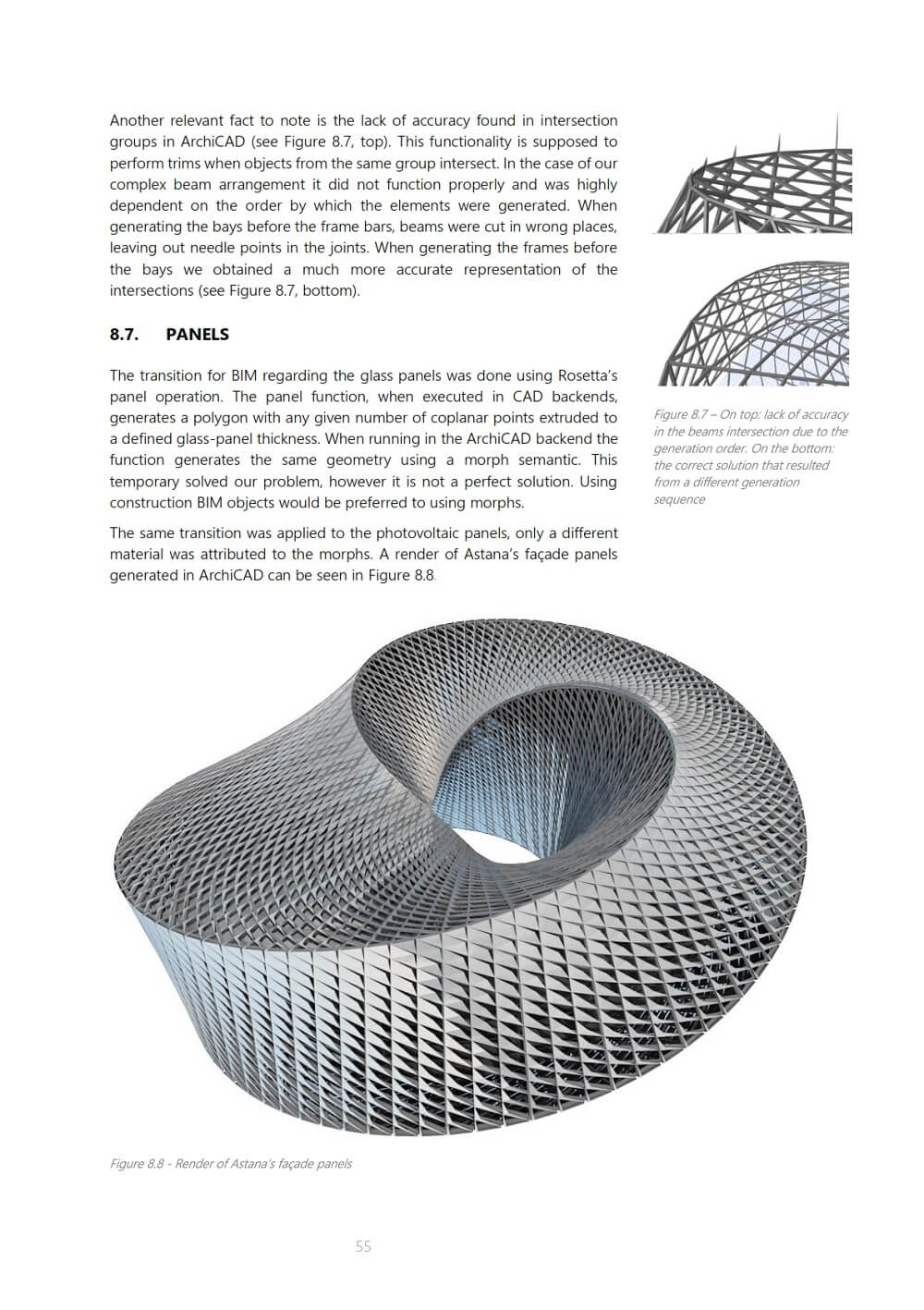
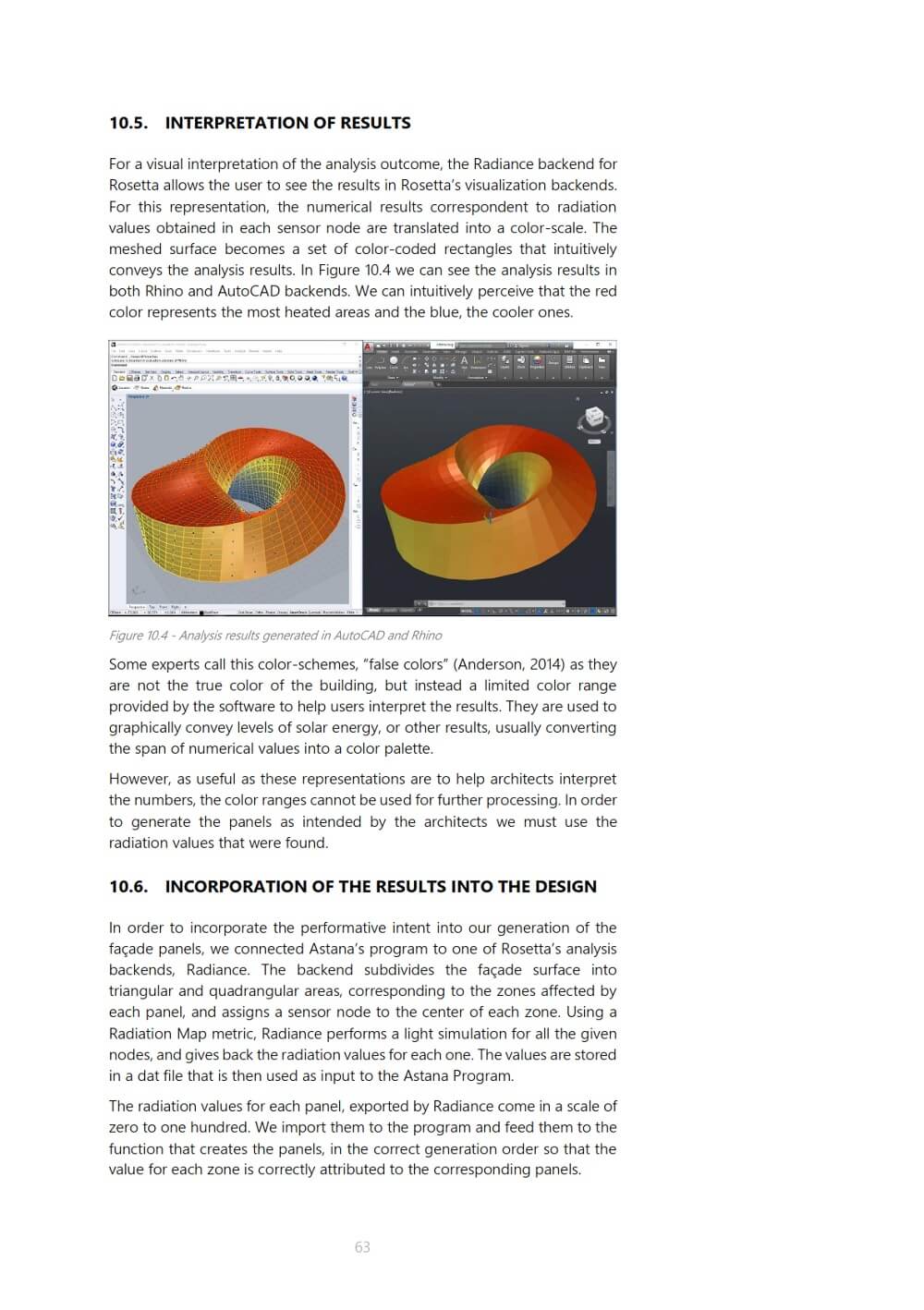
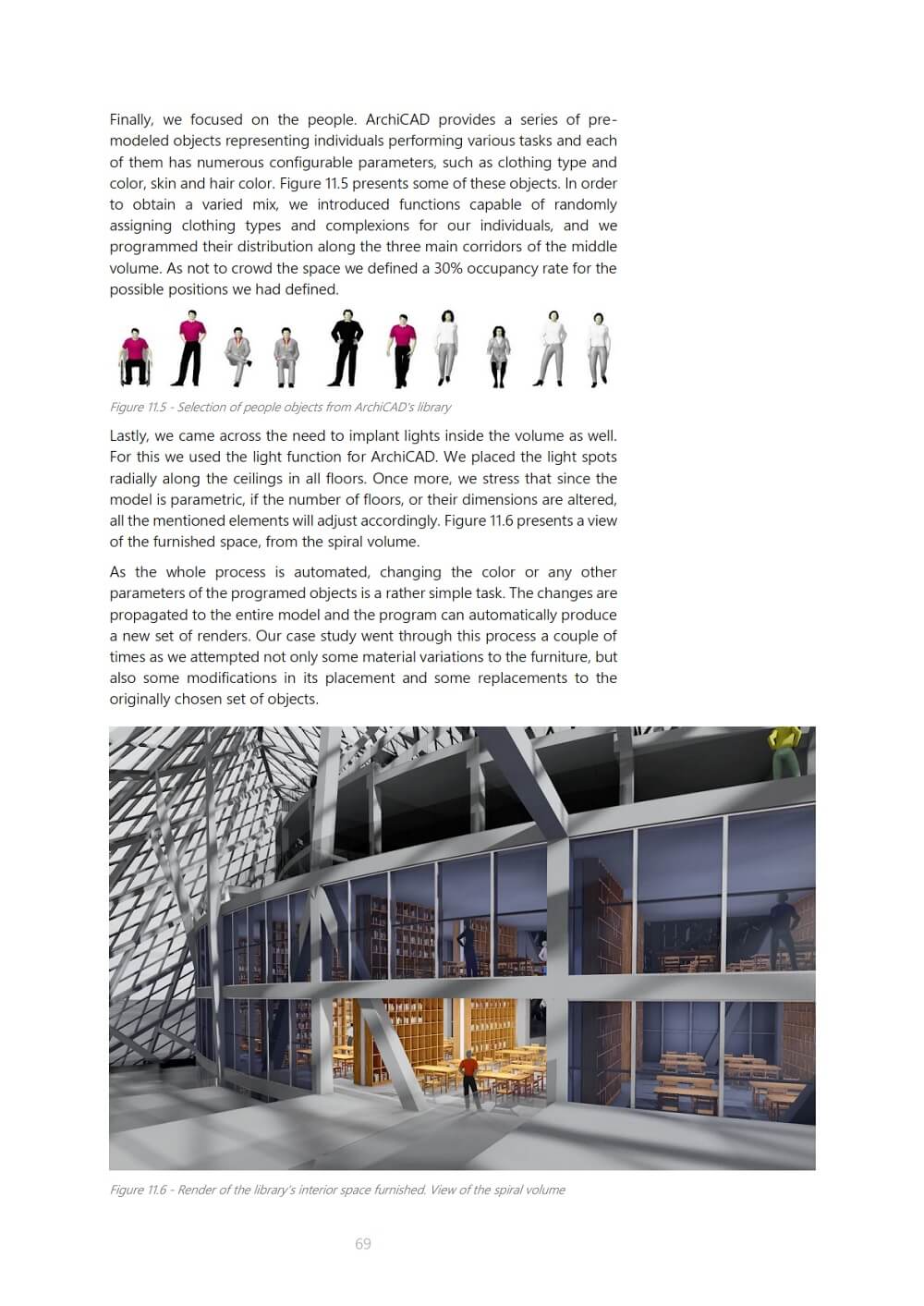




























Comments